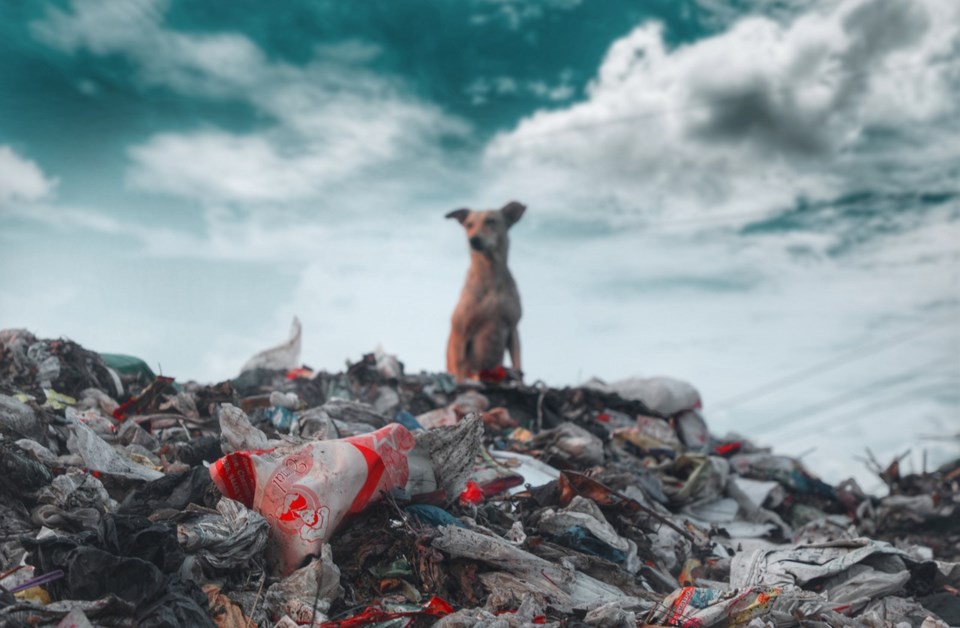I’ve been thinking a lot about waste lately. The amount of garbage today’s society has produced and continues to produce is mind-blowing.
This mindfulness is likely triggered by the process of downsizing my parents’ possessions from those that filled the large single-family home mom and dad lived in for 35 years to a small two-bedroom condo where mom now resides. As part of the Silent Generation born between the mid 1920s and mid 1940s, my parents were traditional, hard-working, career-oriented and relatively prosperous.
Their cohort wasn’t frugal like the Greatest Generation before them that lived through the Great Depression and fought in the Second World War, nor activated by politics or social contract, consumerism and privilege like the Baby Boomers that followed. And yet, over their 55-year marriage they accumulated a lot of “stuff.”
I also just finished noted Canadian science Journalist Ziya Tong’s book The Reality Bubble: Blind spots, hidden truths and the dangerous illusions that shape our world. In it, Tong dedicates a chapter to trash and humankind’s devolution into the throwaway culture of today. Tong outlines, for example, the global production of plastic since its advent in 1927 of about eight billion metric tonnes, an astounding six billion tonnes of which has already been thrown away as waste that will take about 10,000 years to decompose.
She writes about a popular internet meme that points to the absurdity of a society “where the effort necessary to extract oil from the ground, ship it to a refinery, turn it into plastic, shape it appropriately, truck it to a store, buy it and bring it home is considered to be less effort than what it takes to just wash the spoon when you’re done with it.”
Products are designed with planned obsolescence; they are purposefully designed to go out of style and/or to break so that the consumer simply buys more stuff.
As we consider what to keep or what we consider of value in mom and dad’s home, it is interesting that none are made of plastic.
They are antiques or family heirlooms or hand-crafted treasures from worldly travels. They are made of wood and glass and metal and stone. Someone put thoughtfulness and effort into their creation and I like to think their value will also hold significance for generations to come.
It is the younger generations of today, the Gen Ys (the Millennials or the Dumbass Generation) and Gen Zs (the Snowflake Generation) that will inherit the future and all the “stuff” we have produced. It is up to them whether they live up to the monikers given to them by the generations before them, or shake these derogatory labels and as Tong suggests, become the heroes in this epic story of humanity.




